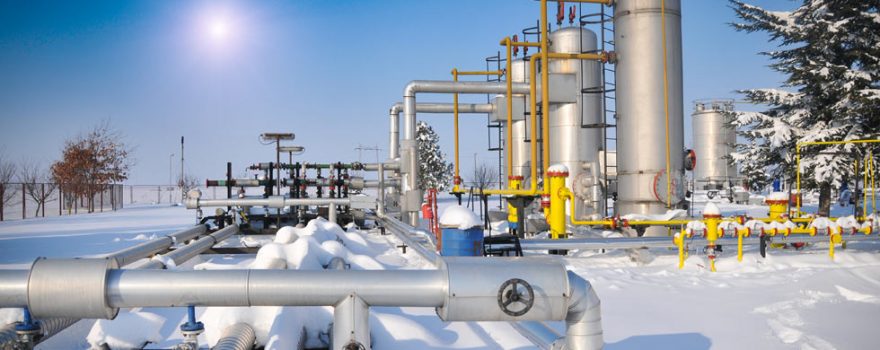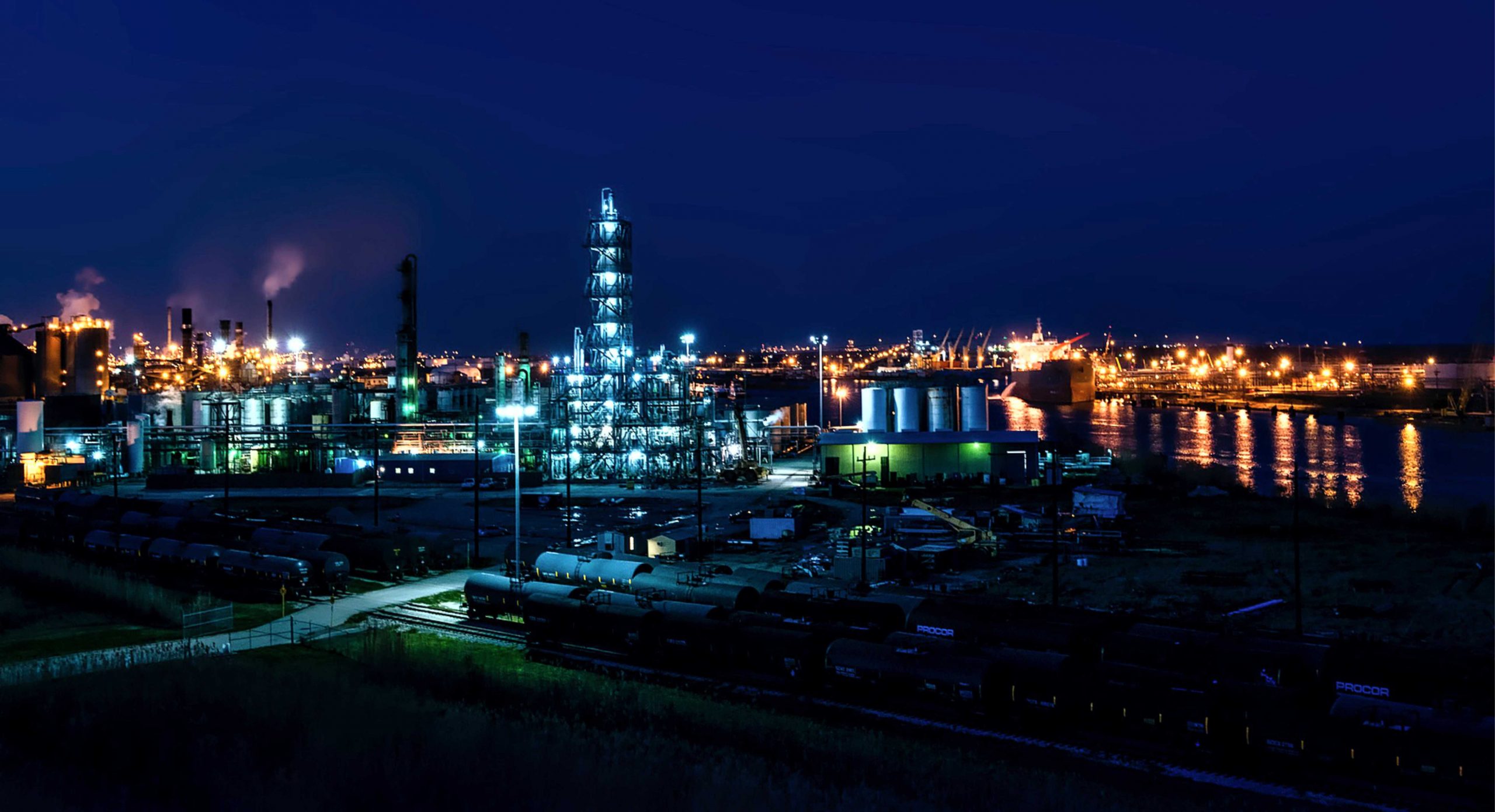
The ethylene market began 2020 on the rise, slowly but steadily climbing from 16 cents per pound to 22 cents per pound in the first two weeks of the year. Exports from the newly opened Enterprise terminal took cargoes of 9,000 mt to 11,000 mt of ethylene out of the United States, and new ethylene production in Louisiana continued to be delayed. Ethane was 15 cents per gallon, an equivalent of 5 cents per pound.
Life was good for ethylene producers.
But then the slide began. The new plants began starting up or increasing operating rates. Export cargoes sat in the Houston Ship Channel due to a seemingly endless fog that backed up everyone’s departure schedules.
Spot ethylene offers at 22 cents became 20 cents and then 18 cents. By the first week of February, prompt ethylene was selling for 15 cents per pound.
And the hits kept coming. By the end of February, prompt ethylene was on sale for less than 14 cents and buyers were not interested – even at these prices.
Ethane held steady at 15 cents per gallon – or 5 cents per pound – so at least margins were not under water in February.
Is the story that simple? New production + export delays = price slide?
The story is never simple, not for ethylene.
Throw in the COVID-19 coronavirus and panic in oil markets that brought crude prices to lows not seen in decades and, well… the story is now complex and fast-changing.
Ethylene prices have fallen in line with energy, fuels and NGLs, and, as of March 25, were sitting at an all-time low of 10 cents.
Meanwhile, ethylene is only as strong as its weakest fundamental and with dozens of downstream chemicals making up the demand side, ethylene is impacted by a myriad of nuances in diverse markets.
And while ethylene itself has been exported, the volumes are a tiny part of the supply-side picture. Exports in ethylene’s chief downstream markets – polyethylene, PVC, vinyl acetates, ethylene glycol and ethylene oxide – are shipping out around the world in volumes that dwarf the feedstock. And when you depend on the rest of the world for your demand, the story gets more complex.
No one building a world-scale olefins plant in the past five years would have planned for the recent trade wars with China (and attendant tariffs), nor the coronavirus epidemic that had all but shut down Chinese manufacturing.

